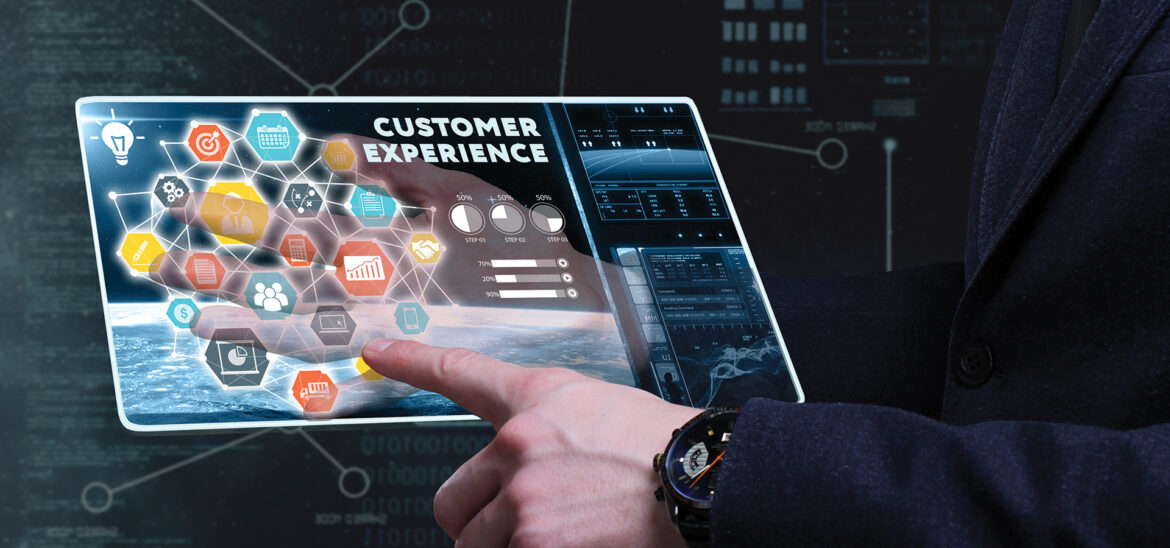Customer experience (CX) remains a flexible business strategy in an environment of constant innovation. To navigate successfully in this environment, leaders need to stay vigilant to the ever-changing expectations of customers and have a solid understanding of the tools, technologies, best practices, and necessary legal frameworks to manage the customer journey efficiently.
At the heart of this evolution is the customer journey—a comprehensive experience from beginning to end that requires constant adjustments. Rapid technological advancements and continuous business operation innovations redefine customer expectations. While the idea of a multi-channel experience has existed for a long time, many businesses still struggle to deliver this experience. Providing multiple channel choices for customers becomes increasingly crucial for success in the future. The choice of customer interaction channels depends on context, with 76% desiring various channels based on message context, and 65% opting for self-service options.
Understanding that customers interact diversely based on their unique needs and preferences is crucial. Designing the customer journey goes beyond using tools; it requires cultural sensitivity and consideration of local context. Factors such as language nuances, alignment with time zones, and cultural conventions deeply influence the customer experience at different locations.
Improving the customer journey map includes exploring and serving different ways customers interact at each touchpoint. This improvement aims to eliminate barriers related to accessibility, language, and simplify choices. Leading experience brands go beyond conventional options, like brands born from digital platforms that expanded into physical retail spaces, such as Amazon, Casper, and Warby Parker. These brands provide customers with the option to shop online or explore products in-store, leveraging innovative experiences like scanning products for checkout or creating an engaging shopping environment.
The integration of virtual reality (VR) and augmented reality (AR) plays a significant role in enriching the digital and physical retail environment. Examples include IKEA’s AR option allowing you to see how a sofa will look in your home and Nike’s virtual characters. In an inclusive multi-channel experience strategy, supporting assistive technology and adaptive tools are crucial. With an estimated 1.3 billion people needing assistive technology by 2050, prioritizing the creation of an inclusive multi-channel experience is essential.
To continue pioneering and create an all-encompassing multi-channel experience, organizations should prioritize journeys through critical channels, design customized multi-channel experiences, assess the necessary IT infrastructure and data display capabilities, all from a customer-centric perspective. Predicting the rising expectations of customers is vital, drawing inspiration from multi-channel experience leaders like Starbucks and Sephora, providing innovative channel-appropriate experiences catering to customer needs.
Above all, understanding where customers need these multi-channel opportunities the most and starting from there will prove crucial in adapting to these evolving trends.
- Multi-Channel Customer Experience Optimization
- Future of Businesses in Customer Experience
- Understanding the Customer Journey
- Exploring Self-Service Options
- Integration of VR and AR
- Creating an Inclusive Multi-Channel Experience
- Adopting a Customer-Centric Perspective
- Identifying Multi-Channel Opportunities
Author Ho Duc Duy © All rights reserved.





